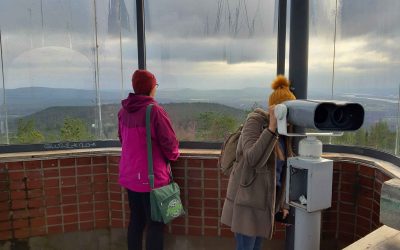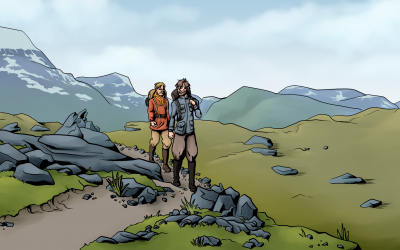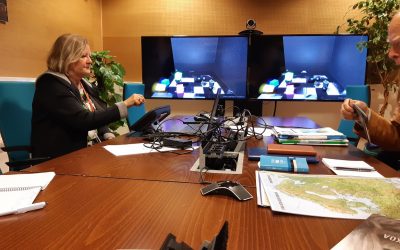The results of the SGA related situational analysis of the atmosphere carriers and killers in the Tornio Valley in autumn 2020 shows that there is notable potential for developing cultural heritage tourism based on the Struve Geodetic Arc.




Communication
From a historical story to a mobile game
In game design process there is no precise starting point and no exact order in which things always go. There are methods established through both research and just plain trial and error but still, there is no one correct or standardized way of how the process works each and every time everywhere. Generally, the process goes from initial idea to defining the core mechanics to prototyping and producing the final product. The initial idea for a game might come from wanting to use a specific technology or device, or wanting to create a game that goes in a certain genre. One possibility for the initial idea of a game might also be wishing to tell a story, real or imaginary one. Struve mobile game fits the latter case, the initial idea was to tell a story of how the Struve Geodetic Arc came to be.
Development of an ultrahaptic experience of the World Heritage Struve Geodetic Arc
Ultrahaptics technology allows users to receive haptic feedback without the need for wearable or portable devices. In other words: don’t touch, just wave your hands to control the view, which is actually more than welcome in public spaces during these globally challenging times. Haptic refers to a technique that utilizes the sense of touch. The device uses ultrasound to reflect sensations in the air and directly into the user’s hands. How is this technology used in improving user experience in relation to Struve Geodetc Arc? Lapland University of Applied Sciences is testing and ideating different solutions in 2021.



